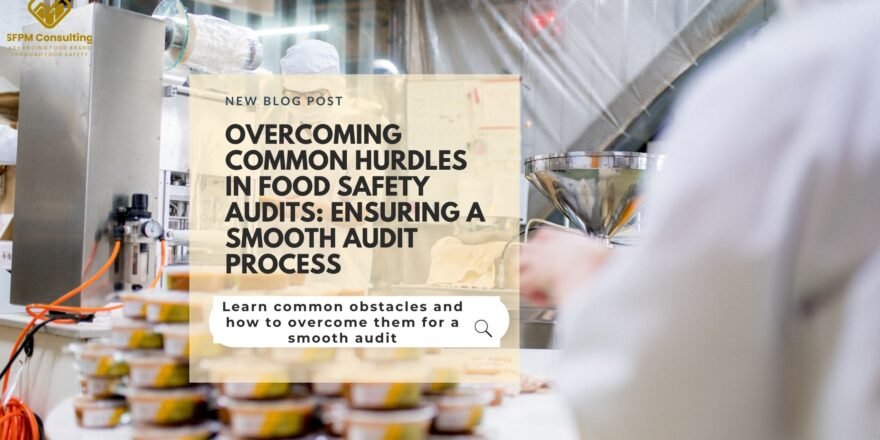Congratulations! You’ve made the smart decision to choose the SQF (Safe Quality Food) certification for your food industry business. Now that you have chosen SQF as your food safety program, what are the next steps? In this blog, we will guide you through the process of developing, implementing, and monitoring your SQF plan.
Steps after Choosing SQF
Step 1: Develop your SQF program
The first step is to develop a detailed SQF plan, which outlines your company’s commitment to food safety and the specific measures you will take to ensure compliance with SQF requirements. This includes identifying potential food safety hazards, establishing control measures, documenting procedures, and setting up monitoring systems.
Step 2: Implement the SQF plan
Once your SQF plan is developed, it’s time to implement it. This involves training your staff on the plan, allocating resources, and making necessary changes to your operations. Implementation requires close coordination among departments to ensure the plan is followed consistently throughout your organization.
Remember that for your SQF implementation, you will need two SQF Practitioners trained with HACCP training and SQF requirements. Visit our training site to receive HACCP training at an amazing discount.
Step 3: Monitor the SQF implementation
Monitoring is crucial to ensure that your SQF plan is effective and meets the required standards. Regular inspections, internal audits, and reviews of your procedures and records are essential to identify any areas of improvement or non-compliance. The SQF program emphasizes the need for ongoing monitoring and corrective actions to maintain food safety excellence.
Step 4: Corrective Actions for Your SQF Program and Internal Audit
If any non-conformities or deviations from the SQF standards are identified during the monitoring process, it is vital to take immediate corrective actions. This may involve updating procedures, retraining employees, or physically modifying your facility. Corrective actions demonstrate your commitment to addressing issues promptly and preventing their recurrence.
Step 5: Continual Improvement
Continuous improvements are important to ensure that you are improving your program. To identify opportunities for improvement, you can perform a few activities involving analyzing data and soliciting feedbacks from the team. Regular management reviews and continual improvement initiatives are instrumental in maintaining and elevating the effectiveness of your SQF plan.
By following these steps after choosing the SQF program, you will be well on your way to achieving and maintaining SQF certification. Remember, SQF is not a one-time endeavour but an ongoing commitment to excellence in food safety.
Implementing SQF may seem complex initially, but with careful planning, dedicated implementation, and ongoing monitoring, you can establish a robust food safety management system that will improve your operations, protect your customers, and enhance your reputation.
Ready to take your food safety practices to the next level? Follow these steps after choosing SQF and watch your business thrive with a strong commitment to food safety and quality. And remember, if you need assistance with your SQF program, consider working with me.
Click this link to find a Time with me and I can help you plan your SQF program development and implementation and get you -your first blueprint during our first call. Then, you know exactly what to expect for your food safety program timeline.

